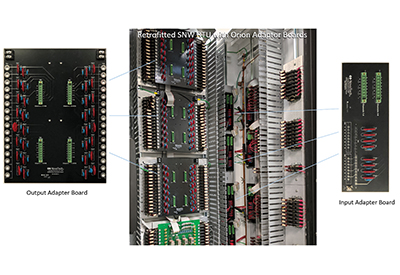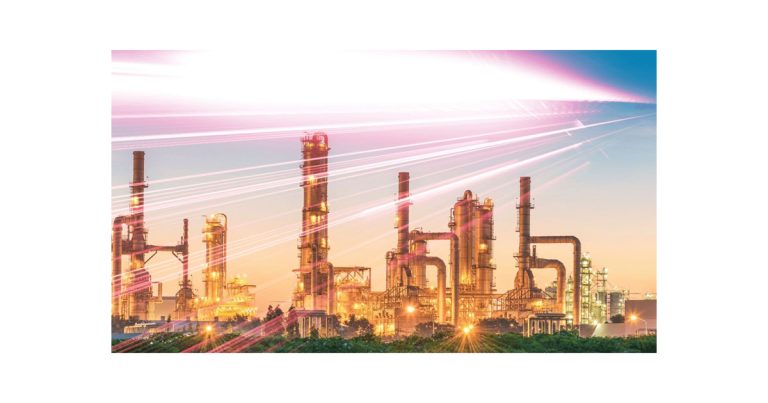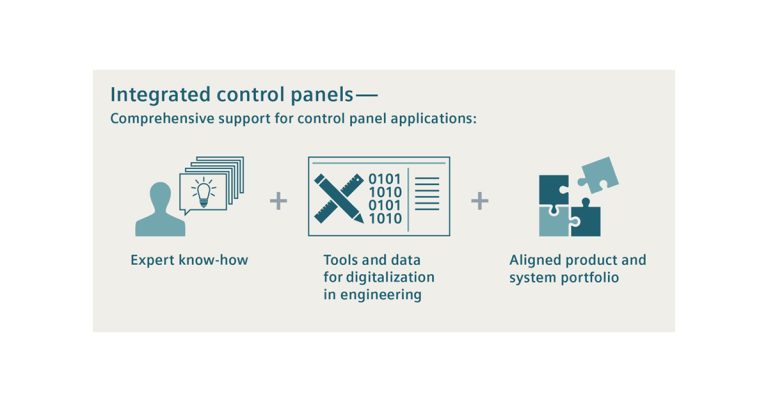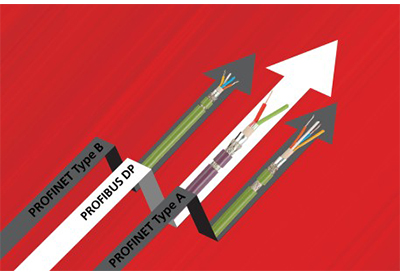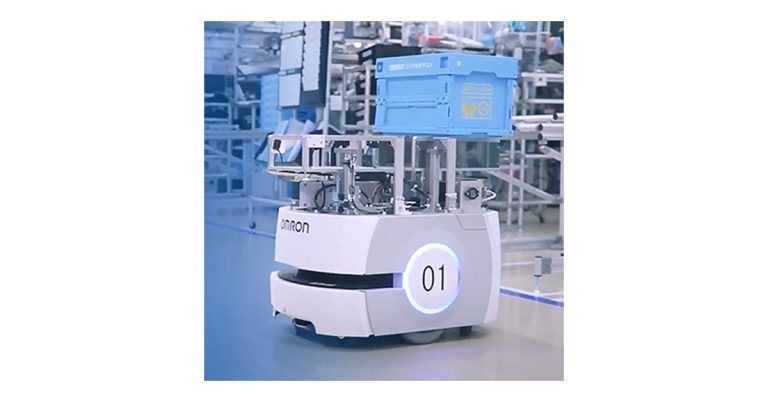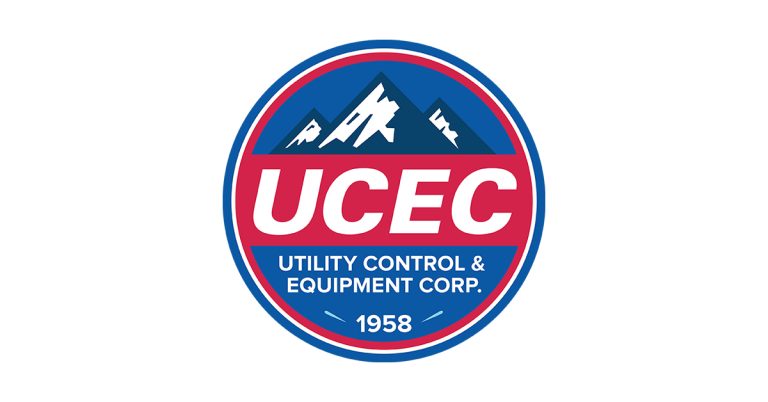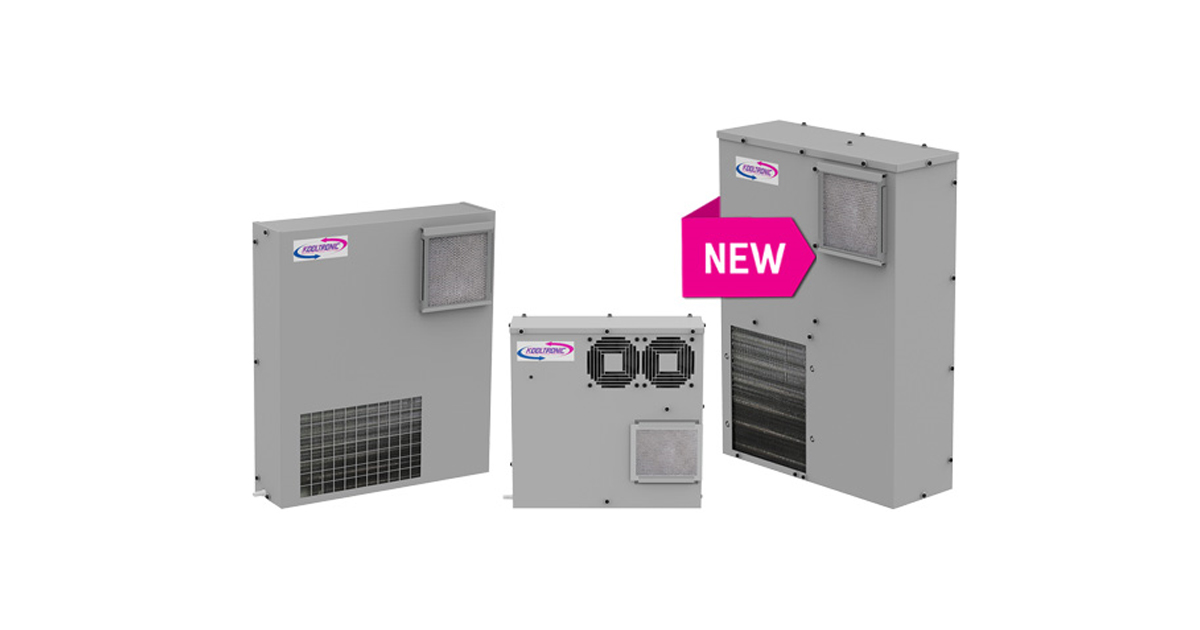The Importance of Material Selection in Wallmount Enclosures
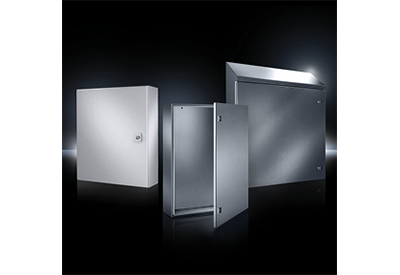
February 21, 2020
When designing a compact enclosure, material selection matters. The materials you chose will impact the lifespan, functionality, and performance of the sensitive electronic and automation components housed within the enclosure. You can’t afford to put any of that at risk. Enclosure materials include a range of metal and non-metal options, including carbon and stainless steel, fiberglass and polycarbonate.
Our material selections offer different protective advantages including weight determination and NEMA rating. What materials you chose up front will also determine how easy it will be to machine and modify your enclosure later on. To help you make the right enclosure material decision, we have answered the most common questions we receive from customers.
What are the key environmental considerations in selecting the appropriate wallmount enclosure?
The exposure of the enclosure to corrosive elements is inevitable. Even air/oxygen and water can be slightly corrosive. A complete assessment of the corrosive gas, vapor, liquid and particulate matter vulnerability is needed. Included should be all environmental factors: weather, temperature, humidity and solar. You should consider resistance properties in every part of the enclosure to prevent a window, gasket, latch or other accessories from becoming a corrosive weak link.
The most common wallmount enclosure materials are painted carbon steel, Type 304 stainless steel, Type 316 stainless steel, fiberglass, and polycarbonate. Painted carbon steel is a cost-effective choice, with a semi-durable finish best suited for indoor applications. Corrosion resistance is limited.
Type 304 stainless steel’s addition of chromium increases resistance to oxidation and most corrosive solvents, alkalis, and some acids. This material withstands wash down cleaning processes and is suitable for both indoor and outdoor use.
Molybdenum in Type 316 stainless steel greatly increases corrosive resistance in virtually any exposure, including chlorine, seawater, sulfates, bromides and high temperatures.
Fiberglass reinforced polyester is lightweight and corrosion resistant. Its impact resistance is excellent. Extended exposure to UV rays increases color fade and fiber bloom, which does not decrease its effectiveness but is an aesthetic concern.
Polycarbonate enclosures are made with a thermoplastic polymer, with greater impact and UV resistance than fiberglass. They are generally superior to fiberglass in product life and corrosive resistance. The most common use of polycarbonate enclosures are smaller instrument and junction boxes, both indoors and out.
What strength and weight restrictions will affect my enclosure selection?
Wallmount enclosures must be able to provide a specific level of environmental protection for the components housed within. However, enclosure stressors, including the component density, and overall weight impact material selection. Metallic enclosures can carry greater loads and are stronger than non-metallic enclosures overall.
The weight and strength provide superior resistance to tampering. They are susceptible to denting, which non-metallic enclosures are not. Non-metallic enclosures are significantly lighter before loading and may be suited to pole, wall or ceiling mounted installations.
Do potential modifications impact the material selection?
Due to material hardness, manually adding cutouts and holes to stainless steel enclosures is far more difficult than modifying carbon steel enclosures. Modifying painted carbon steel enclosures does require paint touchup to protect from corrosion in areas where the paint chipped. Fiberglass and polycarbonate are much easier than steel to modify, but these materials can splinter and produce a very fine, potentially harmful dust. Modifications to polycarbonate are more precise, while cleanup is easier and safer than fiberglass.
Does my climate control efficiency vary with different materials?
Metallic enclosures conduct and dissipate heat. Carbon or stainless steel is the best choice of material for thermal transfer. These materials will dissipate heat from inside the enclosure when the ambient temperature is lower than the desired internal temperature.
Fiberglass and polycarbonate enclosures do not conduct heat; therefore, any heat transfer would require fans. The material in a non-metallic enclosure acts as an insulator, keeping the internal temperature warm when the ambient temperature is cool and vice versa.
Whatever the application or environment, choosing the right enclosure material will ensure that the components and equipment housed inside will be protected from corrosives, moisture, contaminants and temperature fluctuation.
![]()
https://www.rittal.us/contents/the-importance-of-material-selection-in-wallmount-enclosures/

